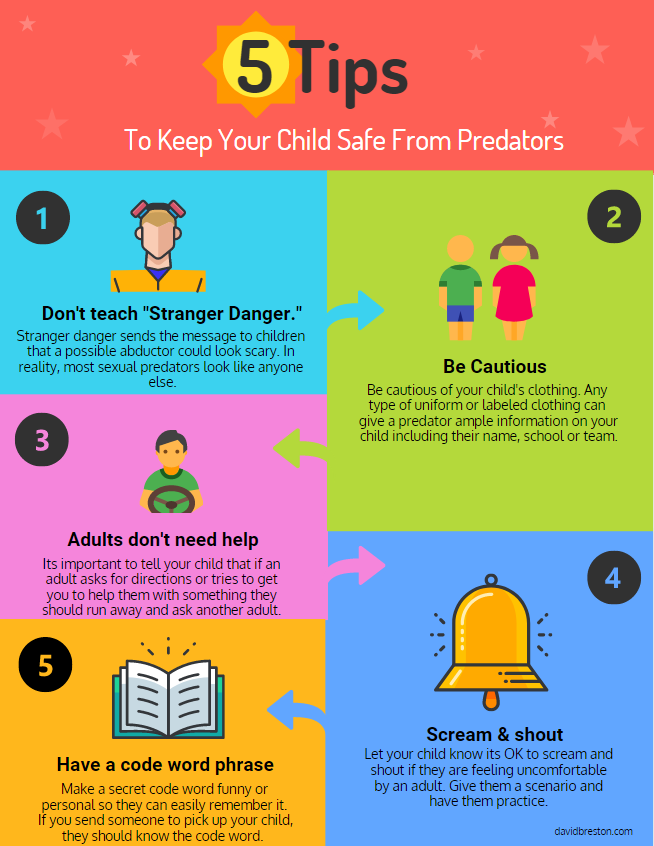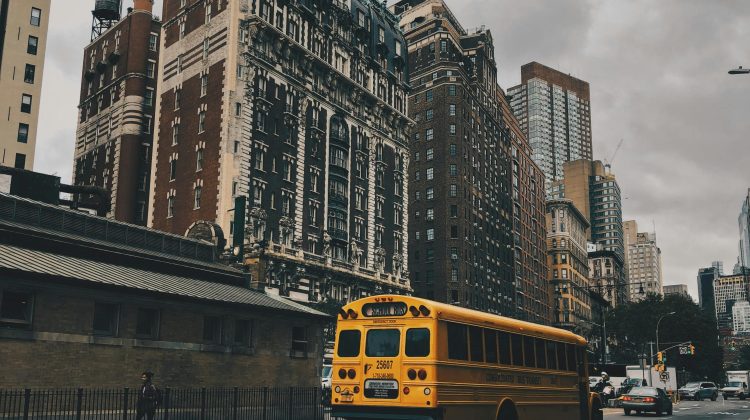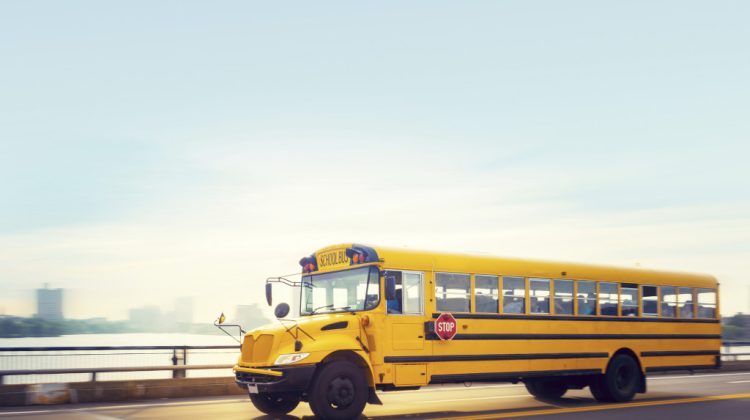The presence of sexual predators doesn’t seem to be getting lower, the amount of Amber Alerts and breaking news stories are waking people up across the nation. This is an unfortunate reminder to us that there are still predators lurking in our streets and as parents it’s our responsibility to make sure our children are safe. While the modern world has given rise to many beneficial technologies that can help our children in the event of a sexual predator, there is still uncertainty lurking in our communities. Tools that allow you to locate the homes of sexual predators in your neighborhood and apps that locate your child are all extremely beneficial to helping you and your family avoid any danger. With the emergence of these databases and applications sometimes we need a refresher on the basics.
Educate your child
When we were kids, the warning for a potential predator was “Stranger Danger.” However, today it’s important to let our children know that not all predators may look scary. In fact, many predators look like your average person and once they convince your child they are not a stranger this could cause a lot of problems. Stranger safety is something we try to instill in our child’s mind from a very young age. Its vital we inform them on how to spot a lurking sexual predator in a crowd of everyday individuals not by how they look but by what they say. Always be cautious of your child’s clothing or uniform as it could potentially give any lurking predator information about your child’s name, school or team.
Parental controls and child awareness
New softwares such as Cybersitter and Cyberpatrol allow you to monitor who your children chat with on the web or what sites are okay to visit. These parental filters will give you full access to monitor your child’s online presence. These filters will protect them from sexual predators online. But what about offline? It’s difficult to stop a threat of sexual abuse when your child is doing an extracurricular activity or at school. Preparing your child to be aware and on alert is something that should be practiced and discussed regularly at home. The department of justice reported that 74 percent of children are abducted by non-family members and are murdered within the first three hours. According to Houston sexual assault lawyer, David Breston, a majority of the time these perpetrators are adult males over 30 who have either seen your child around the neighborhood or around their school. Practicing child awareness is imperative and teaching your child the “scream and yell” method gives them the comfort to know that if someone gets in their personal space they have the right to scream for help.
Exercises that help explain child predators
These organizations below were created by high profile kidnapping victims like Megan Kanka and Polly Klaas to help keep your child educated and prepared in the event disaster strikes. Additionally they were all sponsored and developed by the National Center for Missing and Exploited Children program.
Test you and your child’s safety IQ: www.missingkids.com Does you child know what to do if someone pulls over and asks for directions? This site offers a lot of informative links and articles to keep you up to date on recent child abduction news as well as an IQ test that will allow you to gauge what level your child is at in terms of predatory safety.
Memory Games: www.netsmartz.org/Educators There’s nothing like a cute robot named Clicky to help you memorize the safety rules for child safety. This page is also ran by the NCMEC program and the NetzSmartz workshop, it offers a wide variety of educational resources for your child in Spanish and English.
Videos, Comics & Quizzes: www.nsteens.org Cyberbully zombies and interactive videos are what make this such a valuable site for your child’s education on predator safety. NSteens help your child make safer choices online and even lets you download a safety educator’s guide.
Precautionary measures such as these can help protect you and your family from lurking dangers of sexual predators. The most important thing when trying to keep your child safe from abduction is having strong communication and regular talks about the dangers and how to stay safe.






No Comment